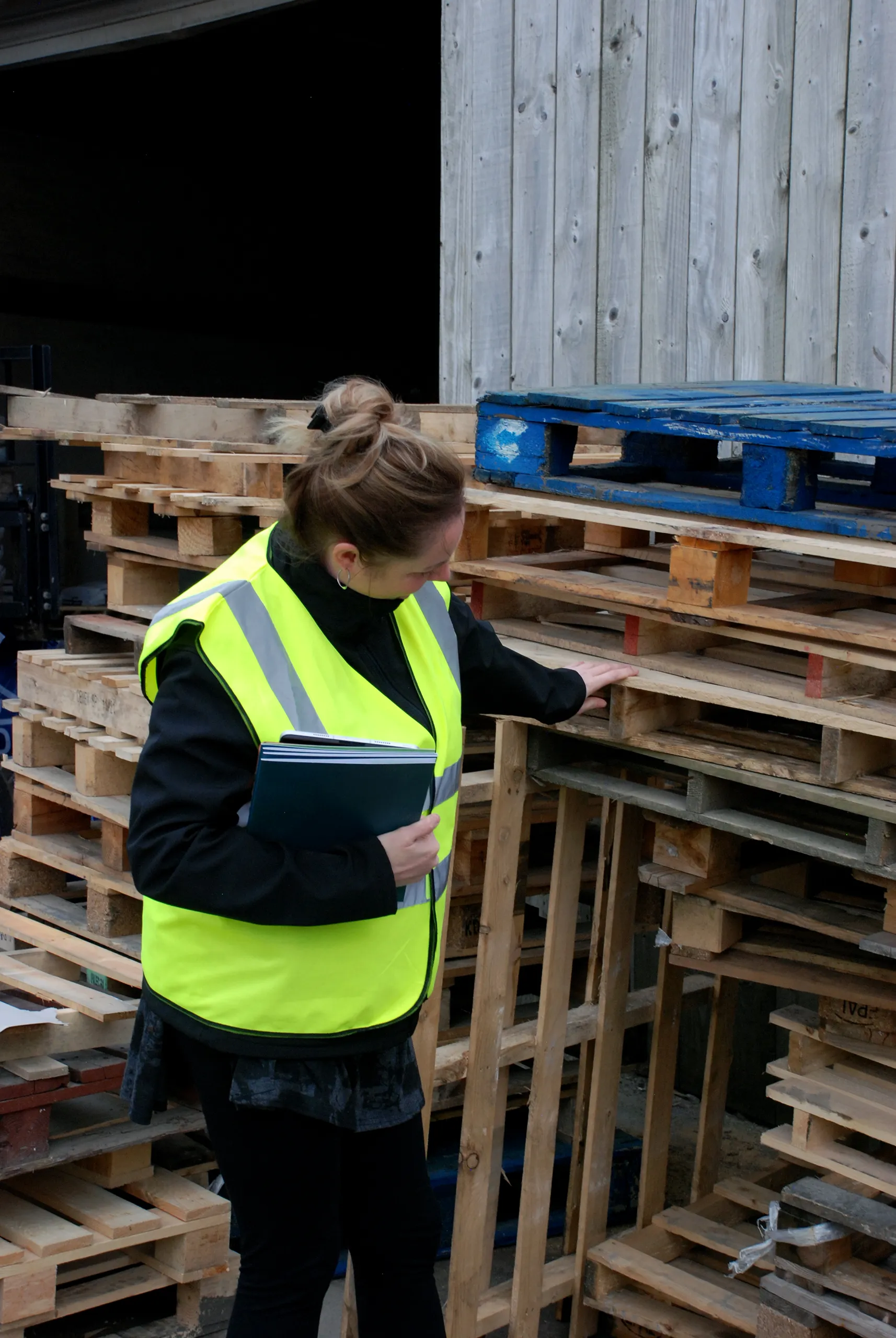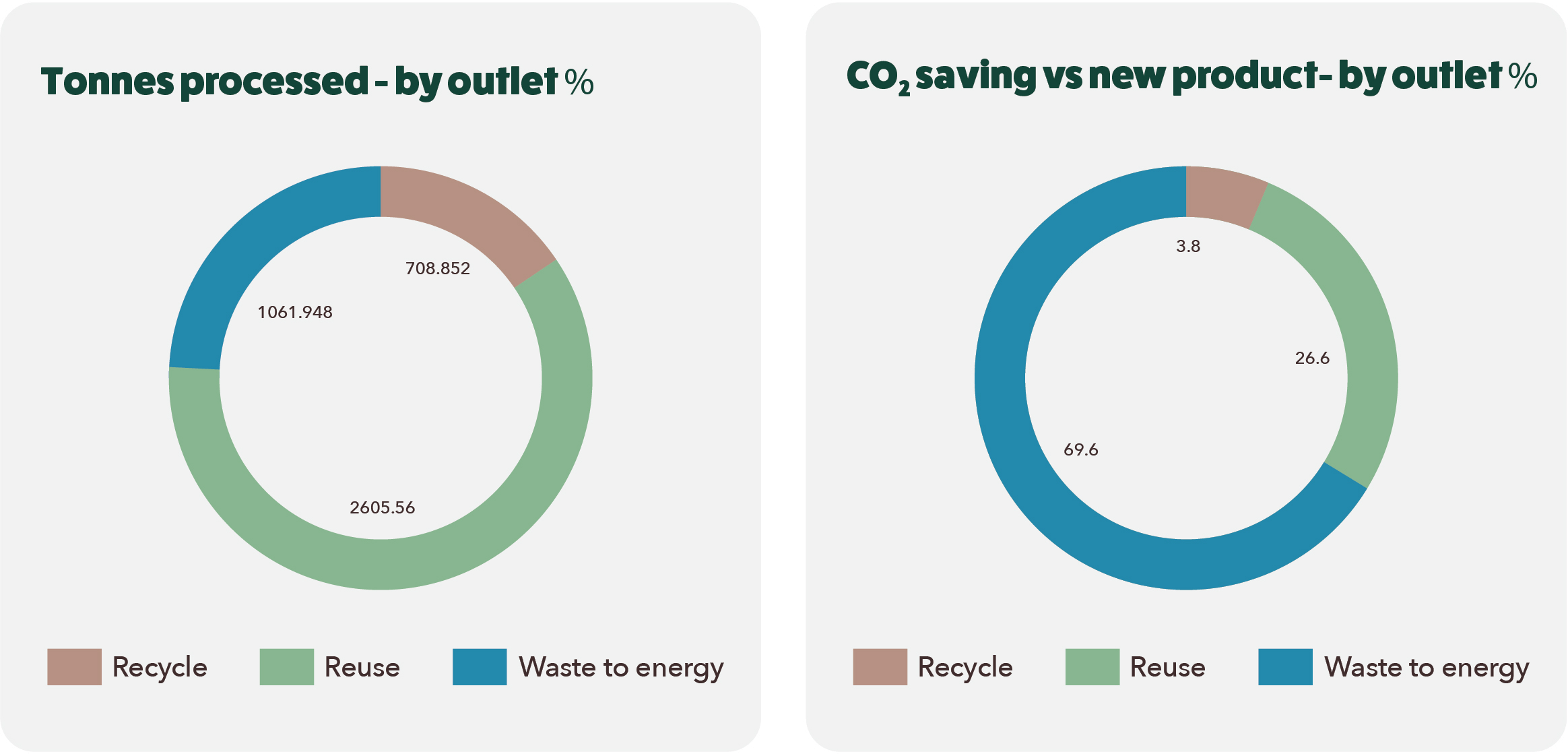It’s vital to understand your waste.
Whether it’s the waste you produce, the waste you eliminate, or the waste you haven’t even created yet, if you don’t understand it, you’ve only wasted time.
The Agecko team can provide your business with comprehensive breakdowns of your business waste management. It’s not just about highlighting how you’ve reduced your carbon footprint. You should know the carbon you’ve produced and avoided across every waste stream and outlet.
What makes Agecko’s carbon-saving reports so special?
By using a dual-analysis model, we can calculate:
1. Carbon Saved. How much carbon did you avoid producing by diverting waste from landfills and reducing the manufacturing of new products through reuse, recycling, or energy recovery?
2. Carbon Produced. The waste your business produces most likely creates carbon emissions. This will highlight how much was made during the processing of waste (e.g. transportation, treatment, recycling, or reuse)
Thanks to a true net carbon position, these readings help your business know where you stand. They aren’t just optimistic figures.
The calculations are based on essential carbon conversion factors, provided by UK Government guidelines, ensuring your environmental reports comply with all regulations.


What can you expect from our reports?
- Easy-to-understand breakdown detailing how much carbon is produced per waste stream, by the chosen outlet, not just what’s saved.
- Real-world equivalency metrics (e.g. trees planted, flights avoided) to help you better grasp the impact of your tailored plan.
- Downloadable Excel reports for custom reporting & compliance
- Built using UK Government-approved emissions factors
- No greenwashing — All insights are credible and data-driven.
Example Insight (January 2025 report)
| Outlet | Waste processed (MT) | CO₂e produced (MT) | CO₂e saved (vs landfill) | CO₂e saved (vs new product) |
|---|---|---|---|---|
| Reuse | 2,605.56 | – | 693.79 | 920.82 |
| Recycling | 708.85 | 235.22 | 366.78 | 131.55 |
| Waste to energy | 1016.95 | 1763.30 | 646.48 | 2409.78 |
| Landfill | 0.00 | 0.00 | 0.00 | 0.00 |

While waste-to-energy produces over 1,700 tonnes of CO₂e, it also saves over 2,400 tonnes when compared to manufacturing new products — our carbon saving report shows both sides of the carbon balance so you can make informed sustainability decisions. This then helps you to change, adapt, and improve your business waste management accordingly.